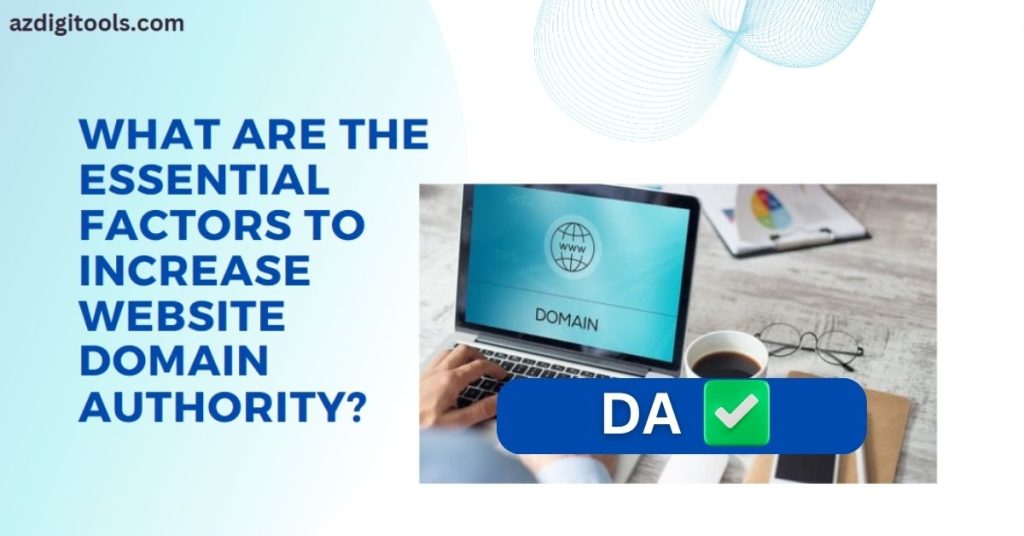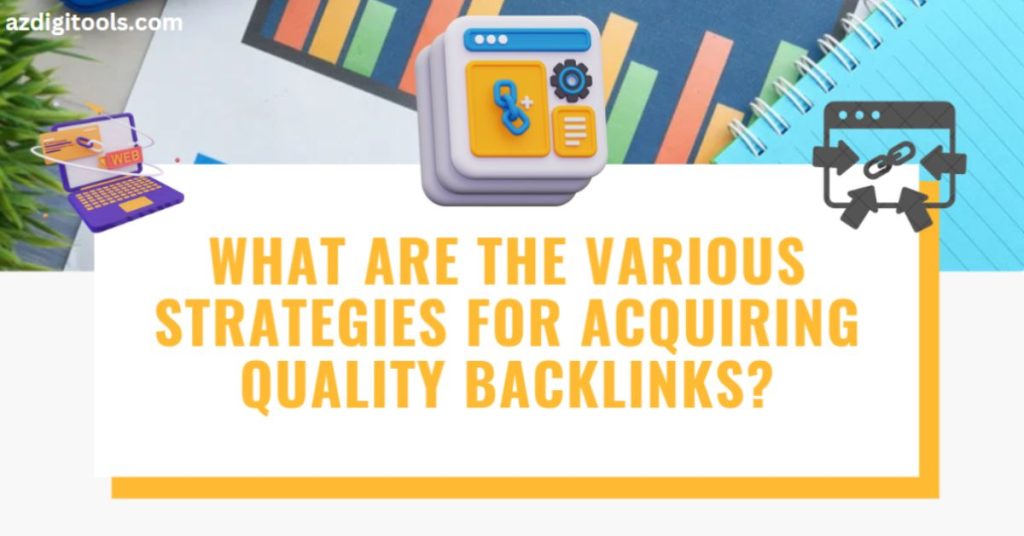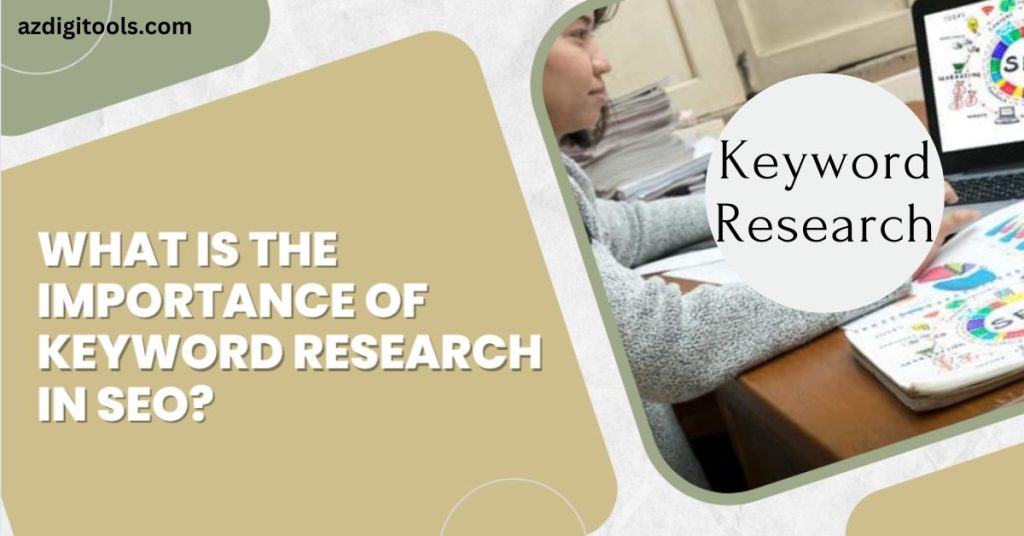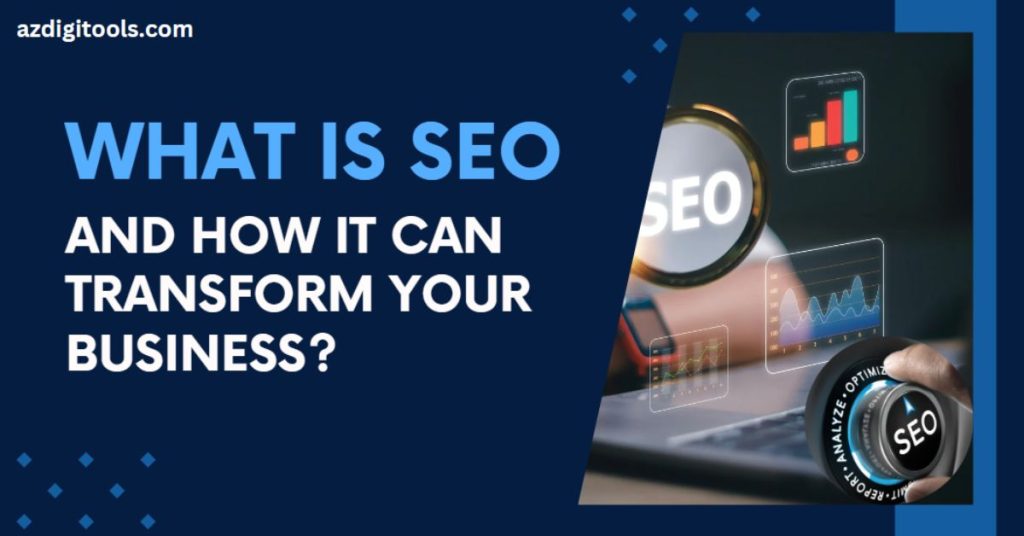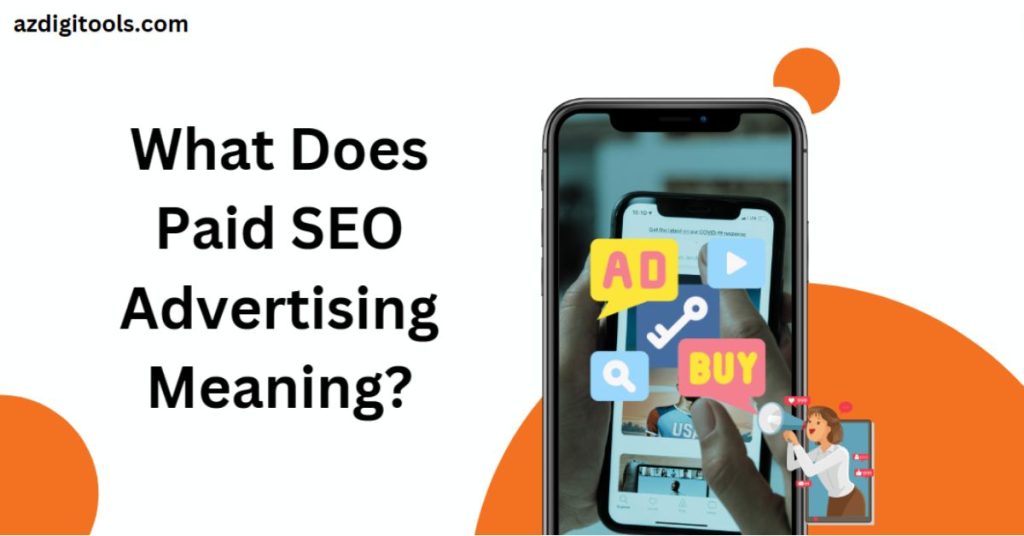
Seeking for the answer of paid SEO advertising meaning? Well, Paid SEO advertising can help businesses increase online visibility and website traffic quickly and cost-effectively while providing accurate return on investment (ROI) data in real-time.
Combining PPC with SEO tactics can be an effective strategy for both short-term visibility and long-term growth. Utilizing both channels will expand your reach to both local and distant customers.
An Overview of Paid SEO Advertising Meaning
Paid search engine optimization (SEO) and advertising can greatly enhance a business’s online visibility and traffic, driving customers directly to its brand website. SEO requires long-term commitment and investment for visible results; paid ads provide immediate ad placement within search engine result pages, social platforms, and websites.
When ranking ads on SERPs, two elements influence their position: maximum bid and quality score. The maximum bid refers to how much you are willing to spend per click for your ad; the quality score considers keywords’ relevant news, landing page experience, and expected click-through rate – three aspects that contribute significantly.
Paid ads typically appear above and below organic search results on a SERP and include a label to notify users that it is an advertisement. Furthermore, advertisers can utilize ad extensions to increase visibility for their product or service and increase ad size – these extensions could include anything from simple phone numbers to Google My Business listings or seller ratings.
Purpose and Goals
Paid Search Advertising (PSA) is a form of search engine marketing (SEM) in which advertisers purchase ads to appear on search engine results pages (SERPs). Advertisers pay when users click their ads and thereby expand their reach, drive traffic to websites, increase sales or conversions, or reach new audiences.
Keyword research is a key element of paid search advertising, and using free tools like Google’s Keyword Planner, marketers can learn what terms people are searching for when researching products and services similar to yours. With this knowledge in hand, they can craft compelling ad copy targeting relevant users and develop compelling ad copy campaigns.
Search engines use various criteria to rank ads, such as maximum bid, quality score, and relevancy of landing page content, to evaluate an ad’s quality. Enhancing its performance by adding extensions such as call-to-action buttons or links to relevant pages on websites may improve this score.
Without pitting SEO against PPC, it’s essential to recognize that both strategies can help support your business goals in different ways. For example, an integrated marketing strategy could increase site speed to rank higher on SERPs while increasing user experience and conversion rates and decreasing search costs simultaneously.
Execution and Channels
Paid SEO strategies have a profound effect on businesses’ online visibility and traffic. Paid listings on search engine result pages (SERPs) deliver immediate results that boost business online presence and traffic.
The success of any paid SEO campaign depends on a range of factors, including the quality and effectiveness of advertising copy, relevant keywords, and website performance. An effective PPC campaign also involves an integrated strategy that ensures all digital marketing channels work in concert to improve an organization’s online performance.
Paid advertisements can be displayed across a range of online platforms, including search engines, websites, social media networks, and mobile applications. Paid ads are ideal for advertising specific products or services, driving traffic directly to a company’s website, or increasing brand awareness.
Paid ads provide immediate feedback, making them easier to optimize in real-time than organic searches. For instance, if an ad receives low click-through rates or conversions, companies can brainstorm new ad copy or modify landing page content accordingly to boost performance.
Companies can utilize their advertising budgets to conduct split tests to maximize the performance of advertisements or promotions to determine which version performs best and then use that winning ad across platforms.
Targeting and Audience Segmentation
Targeting tools provided by paid search ad platforms are immense. Advertisers can target users based on location, device, language, age, interest, or even remarketing lists to create customized ads with maximum ROI potential.
When users search for a specific keyword, the advertising platform will enter it into an auction and show your ad to those with the highest bidding advertisers first. Two factors determine your ad rank: maximum bid and quality score; higher ranks will more likely receive clicks and result in better ROI.
Start-up businesses looking to gain visibility online can use SEO as an effective strategy, yet organic search rankings take time to build up. PPC campaigns provide an immediate means of traffic generation while protecting businesses against Google’s policy changes, which devalue organic links over time.
By encouraging collaboration between paid and SEO teams, marketers can ensure the success of all search marketing efforts.
Cost Structure and Optimization
Paid SEO advertising can have a tremendously positive effect on businesses’ online visibility and traffic, producing immediate results and revenue.
Furthermore, companies can easily track campaign data to make informed adjustments based on real-time performance – this makes Paid SEO advertising an excellent strategy to include in your digital marketing mix if algorithm updates from search engines like Google penalize sites with over-optimization penalties (keyword stuffing or spam links).
Paid Search (SEM) refers to the practice of running paid advertisements across search engine result pages (SERPs) and other online platforms.
Ads displayed using SEM operate according to a cost-per-click model whereby you bid against each keyword shown for display on SERPs; bid amounts depend on your budget – with higher bids increasing the odds that your ad will appear prominently at the top.
PPC campaigns allow advertisers to target specific audiences while spending a limited budget on advertisements. Ads can be targeted according to geographic area, age group, interests, devices used, and lookalike audiences – you’re sure to experience a high return on your ad spending with PPC!
Remarketing capabilities also ensure users who have already visited your website will see results quickly and generate the best return for your ad spend.
Metrics and Analysis
Paid search and SEO are both powerful marketing strategies to increase online visibility, increase traffic to websites, and generate sales; however, each one differs in how it promotes brands and their web pages to consumers.
SEO strategies typically focus on optimizing content to attract search engines and can increase rankings on search engine result pages (SERPs). Unfortunately, successful implementation takes time and patience – which may be discouraging for businesses with limited resources.
PPC campaigns deliver immediate and visible results with the potential for rapid return on investment (ROI). Furthermore, paid ads provide much greater flexibility than organic SEO in testing new keywords and ad copy. While it might take months for an SEO campaign to test a keyword reliably with reliable data, with PPC ads, you could create ads featuring it within days!
Collaboration between your paid and SEO teams is the key to increasing the effectiveness and ROI of digital marketing initiatives. They must share key data and metrics in real-time – for instance, sharing which ad copy performs best on paid social media accounts with SEO enables them to better understand which messaging and language resonates with users and entices click-through – information which they can then apply toward optimizing organic meta titles and descriptions, further improving user experience while increasing rankings.
Final Words
Paid search advertising (PPC) is a form of digital marketing in which advertisers pay to have their ads appear on search engine result pages (SERPs). Ads may take the form of text-only, image ads, video ads, or any combination thereof.
“PPC” (pay-per-click advertising) is often confused with Cost Per Click (CPC) and Search Engine Marketing (SEM), yet PPC also includes paid media such as social media posts or display advertising.
PPC offers more immediate results than SEO can since campaigns can often be set up and approved on platforms like Google Ads (formerly AdWords) within hours, meaning that ads may begin driving traffic to your website almost instantly.
Paid search advertising not only delivers an immediate return on investment but can also build brand awareness. Users will see your ad multiple times, potentially creating positive associations between themselves and your brand even if they don’t click through to your site – an integral component of successful marketing campaigns that many businesses overlook.
